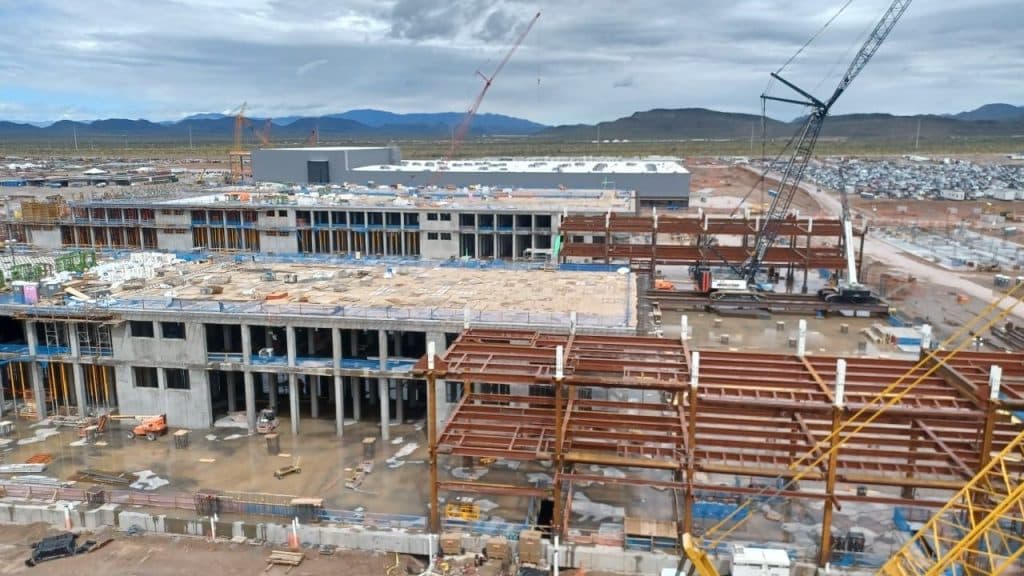The Belonging and Excellence for All (BE4ALL) Committee launched its second Toolbox Talk on March 16 – part of the committee’s ongoing work to strengthen SMART and the unionized sheet metal industry by making all members feel welcome, on and off the job. Toolbox Talk #2, titled “Effective Communication,” addresses the important steps that can be taken to avoid miscommunication and conflict on the jobsite.
“In the heat of the moment, sometimes simple miscommunications can lead to angry fireworks, which can create an environment where ultimately, we may regret our behavior,” the Toolbox Talk reads. “At the end of the day, it doesn’t have to be this way. Most of our time, whether at work, school, or home, is spent communicating in some way with others. Drawings, instructions, verbal and nonverbal feedback, body language – there are many ways we interact with others to share our ideas and ultimately, to attempt to arrive at the same place: safely, ahead of schedule and under budget.”
Like the first Toolbox Talk, which was titled “On Being a Good Crewmate,” “Effective Communication” incorporates into BE4ALL’s broader mission to create worksites where all members – regardless of race, gender, sexual orientation, beliefs, experience and more – feel that they belong. Not only is this goal part of the core solidarity at the heart of the labor movement; we can only recruit and retain the workers we need in order to grow if we welcome ALL members into our union.
“We work in a trade in which teamwork and trust are absolutely vital – and we can only foster that sense of trust when we communicate with one another,” remarked SMART General President Joseph Sellers. “We hope members can use this Toolbox Talk to build connections and avoid miscommunications in the future.”
The Toolbox Talk, which has been distributed to local unions, contractors, training centers, members and more, is intended to be read aloud at jobsites, union meetings and other group settings. Members can access all existing Toolbox Talks in the “Resources” section on SMART’s website.

